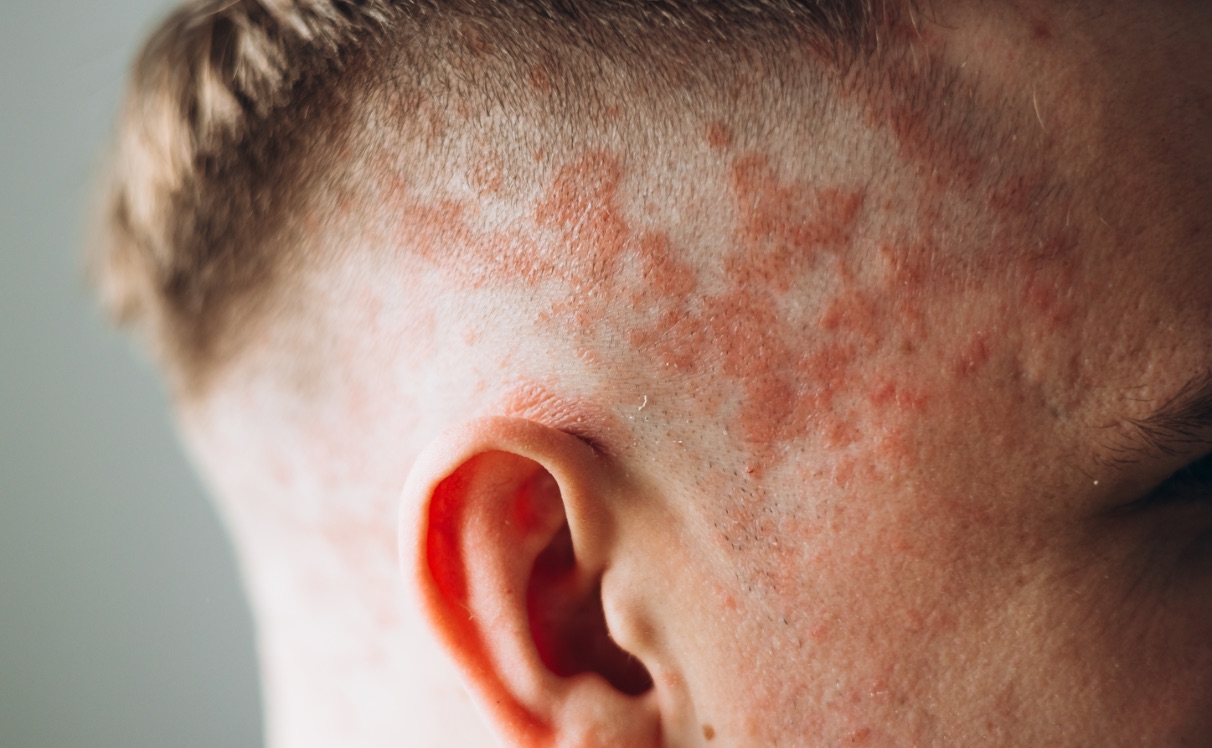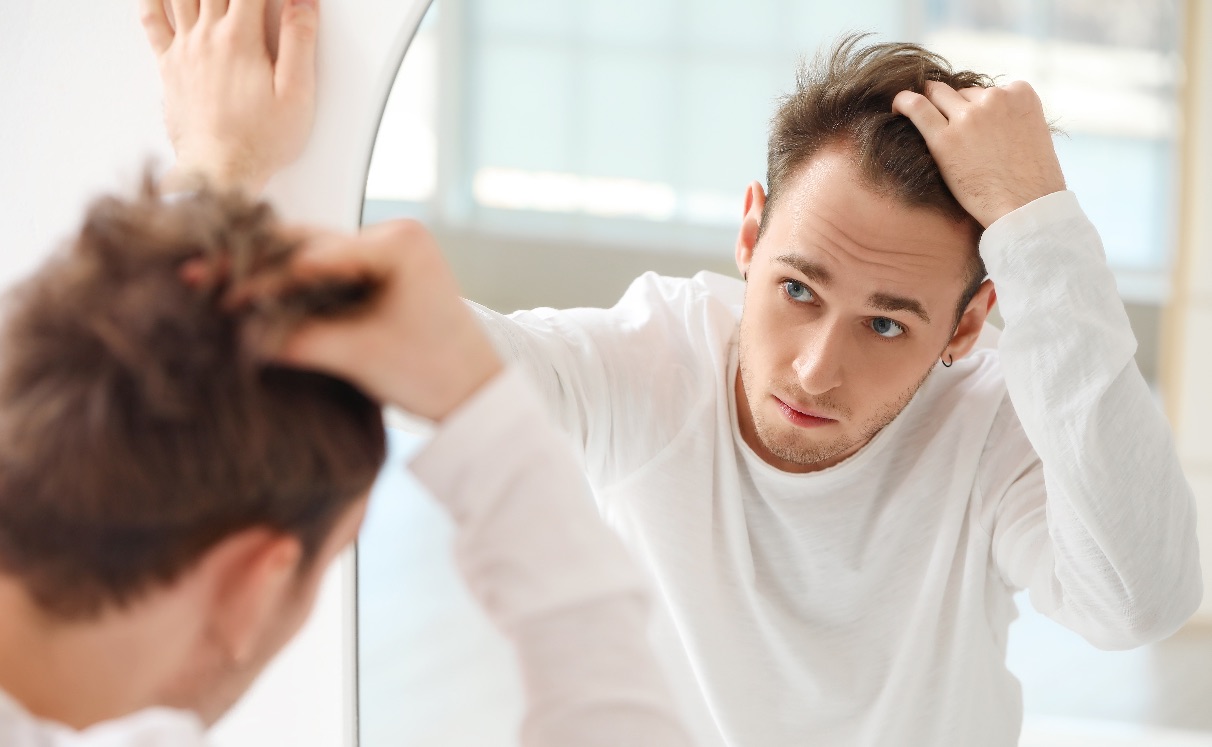Hair Transplant: Answers to the Most Common Questions
Hair transplants can be an option for all people over 18 years old. That is to say that any adult who is suffering from hair loss can resort to a FUE hair transplant for total hair recovery.
ler mais













